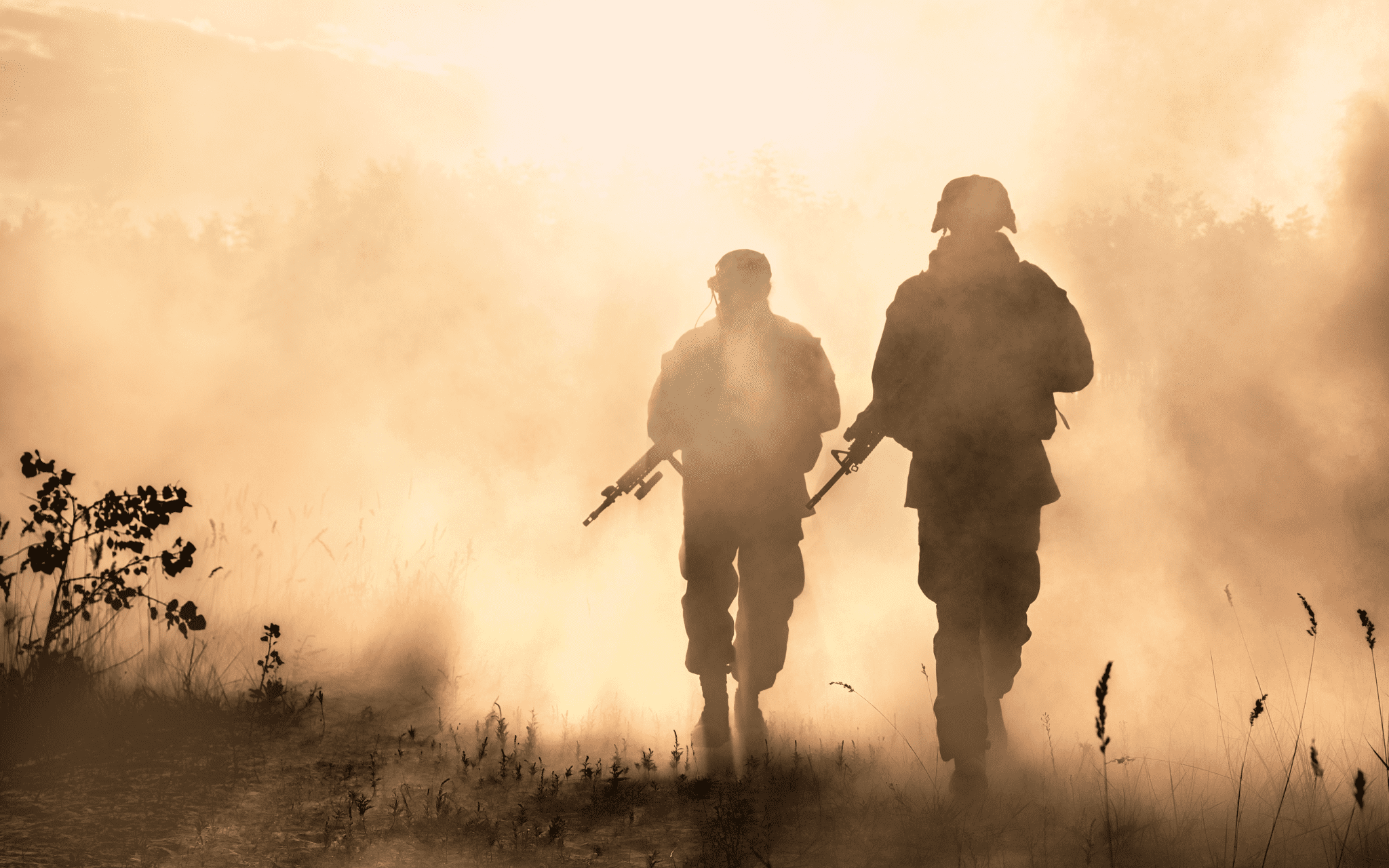Marine Veterans and Mesothelioma
Marines were often exposed to asbestos while on Navy ships and in shipyards. Because of this, Marines have a higher risk of developing asbestos-related diseases like mesothelioma or asbestosis than the general population.

History of Mesothelioma and the Marines
Veterans make up nearly one-third of mesothelioma diagnoses in the United States. The Navy used more asbestos products than any of the other military branches, and since many in the Marine Corps spent a lot of time onboard Navy vessels, these veterans face a higher risk of developing mesothelioma and other asbestos-connected diseases than the average citizen.
What Is Mesothelioma?
Mesothelioma cancer occurs as a result of asbestos exposure. Asbestos is a group of durable and fire-resistant minerals. Because of this, asbestos was used in thousands of products during the 20th century. It was especially popular as insulation in buildings and machine parts.
Unfortunately, the so-called “miracle mineral” had a significant drawback. Asbestos is composed of microscopic fibers. When asbestos is damaged or disturbed, these fibers become airborne, where they can be inhaled or ingested by people. Once that happens, the body has no way of ridding them from the body. Over time, these tiny fibers cause damage to the thin tissue that lines the organs of the chest and abdominal cavities, called the mesothelium.
Mesothelioma is the worst asbestos-linked disease, but the mineral can also cause other forms of cancer as well as the lung condition asbestosis.
How Were Marine Corps Exposed to Asbestos?
Because both the Navy and Marines were so reliant on asbestos, all Marines were at risk of exposure to the carcinogen, even those in administrative or clerical roles. Asbestos was used extensively during much of the 20th century, including by the U.S. military. The Navy was especially reliant on the material to prevent fires aboard ships and submarines, using it in insulation in walls, floors, ceiling tiles, pipes, and motors. Asbestos was also present in the shipyards where Navy ships and submarines were made and maintained. Because of this, Marines who served on Navy vessels or who worked in Navy shipyards have a higher risk of developing asbestos-linked diseases than Marines who didn’t.
Although Marines who worked closely with the Navy ran the highest risk of asbestos exposure, other Marines were not immune. The material was also used for fireproofing Marine tanks and other motor vehicles, as well as in parts for aircraft. Like those of other military branches, Marine barracks were lined with asbestos insulation, and even some parts of the Marine uniform (such as gunner’s gloves) contained asbestos to prevent burns.
Symptoms of Mesothelioma
Mesothelioma can take 10 to 60 years to develop after exposure to asbestos. This is the disease’s latency period: the time between exposure to asbestos and the onset of symptoms. Former Marines and other military veterans should be on the lookout for symptoms of mesothelioma, even if their service ended decades ago. Some of the most common symptoms include:
- Abdominal pain
- Abdominal swelling
- Anemia
- Bloating
- Body aches
- Blood clots
- Chest pain
- Coughing up blood
- Constipation
- Diarrhea
- Difficulty breathing
- Difficulty swallowing
- Fatigue
- Fever
- Fluid buildup around the lungs, heart, or abdomen
- Hernia
- Hoarseness
- Loss of appetite
- Nausea or vomiting
- Night sweats
- Persistent dry cough
- Shortness of breath
- Seizures
- Wheezing
- Weight loss
If you experience the symptoms listed above, speak with your doctor immediately and let them know about your possible interaction with asbestos. In general, the earlier mesothelioma is diagnosed, the better the prognosis.
Next Steps for Marine Veterans Diagnosed with Mesothelioma
Many veterans who are diagnosed with mesothelioma are eligible for benefits through the Department of Veterans Affairs (VA). To receive veterans benefits and services through the VA, the veteran usually must have been discharged under “other-than-dishonorable conditions.” However, some veterans who received other types of discharges may still qualify for veterans’ benefits.
Applying for Veterans Benefits
VA benefits for Marines with mesothelioma or other asbestos-related illnesses may include disability, health insurance, life insurance, and survivor benefits (in cases where the veteran has passed away). You will need to produce the following documents to apply for benefits:
- Service records listing your role within the Marines
- Medical records confirming your illness or disability
- Documentation from your doctor linking asbestos exposure during your time in the Marines to your illness or disability
Filing a claim for veterans’ benefits can be confusing. For assistance, you can view detailed information about how to apply for benefits on the VA’s website. However, you may also choose to work with a VA claims specialist, especially when filing for veterans benefits related to mesothelioma or asbestosis.
Filing a Legal Claim
All veterans with mesothelioma or another asbestos-linked disease may be eligible to file a legal claim, regardless of the character of their military discharge. If you are a former Marine who has mesothelioma or another related disease, talk to an experienced attorney about taking legal action against the asbestos company (or companies) responsible for your diagnosis. You will not be taking any legal action against the military or the Marines.
An experienced asbestos lawyer can guide you through the process of filing a lawsuit against one or more asbestos companies or filing a claim against an asbestos trust fund (for asbestos companies that are no longer in operation).
Request a free case evaluation by a lawyer who specializes in mesothelioma law to see what kind of monetary compensation you may be entitled to.

